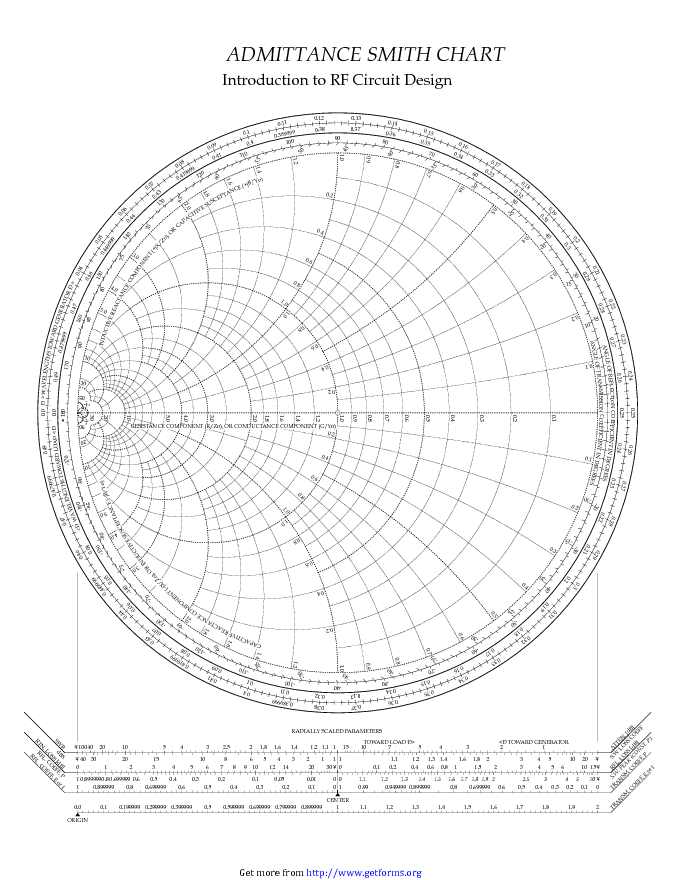

Add the second lossless element to tune out the remaining imaginary part, reactance or susceptance, so the resultant impedance or admittance is a real number 1 (\(z=1+j0\) or \(y=1+j0\)).Add a lossless element, capacitor or inductor, to get the real part of either impedance or admittance to be 1.The very basic RULES of impedance matching are: The only thing you need to do is enter S11 or to-be-matched impe dance and you’ll get the approximate result by following all steps. In the part I, you’ve learned the step-by-step guide to match Type #1 and Type #2 impedance by simply using Smith chart without knowing those formulas.

Impedance Matching-Using Lump Elements, Formulas, and Conversions-Part II. Impedance Matching-Using Lump Elements, Formulas, and Conversions-Part I. Use the admittance to impedance calculator above to verify the result of these calculations.We have learned the impedance matching for all 4 Types of impedance using formulas & their conversions, and it’s recommended to visit these 2 articles before you continue to read further here:

Solve the equation to get the admittance.įind the admittance of a circuit if the resistance is 20 ohms and reactance is 10 ohms?.Write down the admittance formula and place the values.Identify and write down the given values.To find admittance, follow the below steps:

The impedance to admittance calculator makes it more convenient to find admittance without involving formulas. While it’s very easy to calculate admittance using the equation. How to calculate electrical admittance?Įlectrical admittance can be calculated by using the above equation of admittance. Impedance to admittance conversion can be carried out using the impedance equation. So, we can write the admittance equation as: The formula of admittance can be expressed as: Īs we know, admittance is the reverse of impedance. If admittance has to be defined, it’s a measure of how easy a circuit will allow to flow current.


 0 kommentar(er)
0 kommentar(er)
